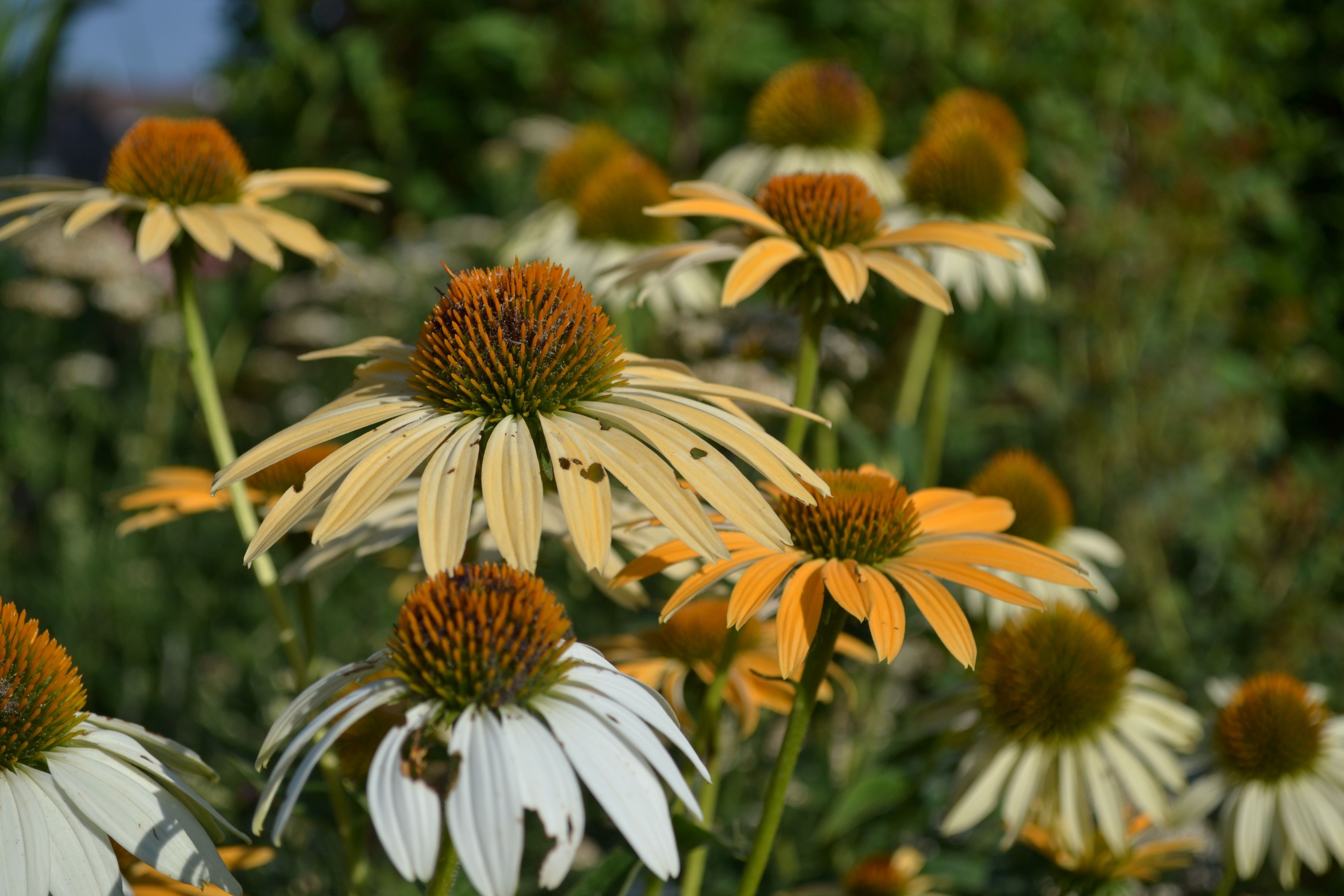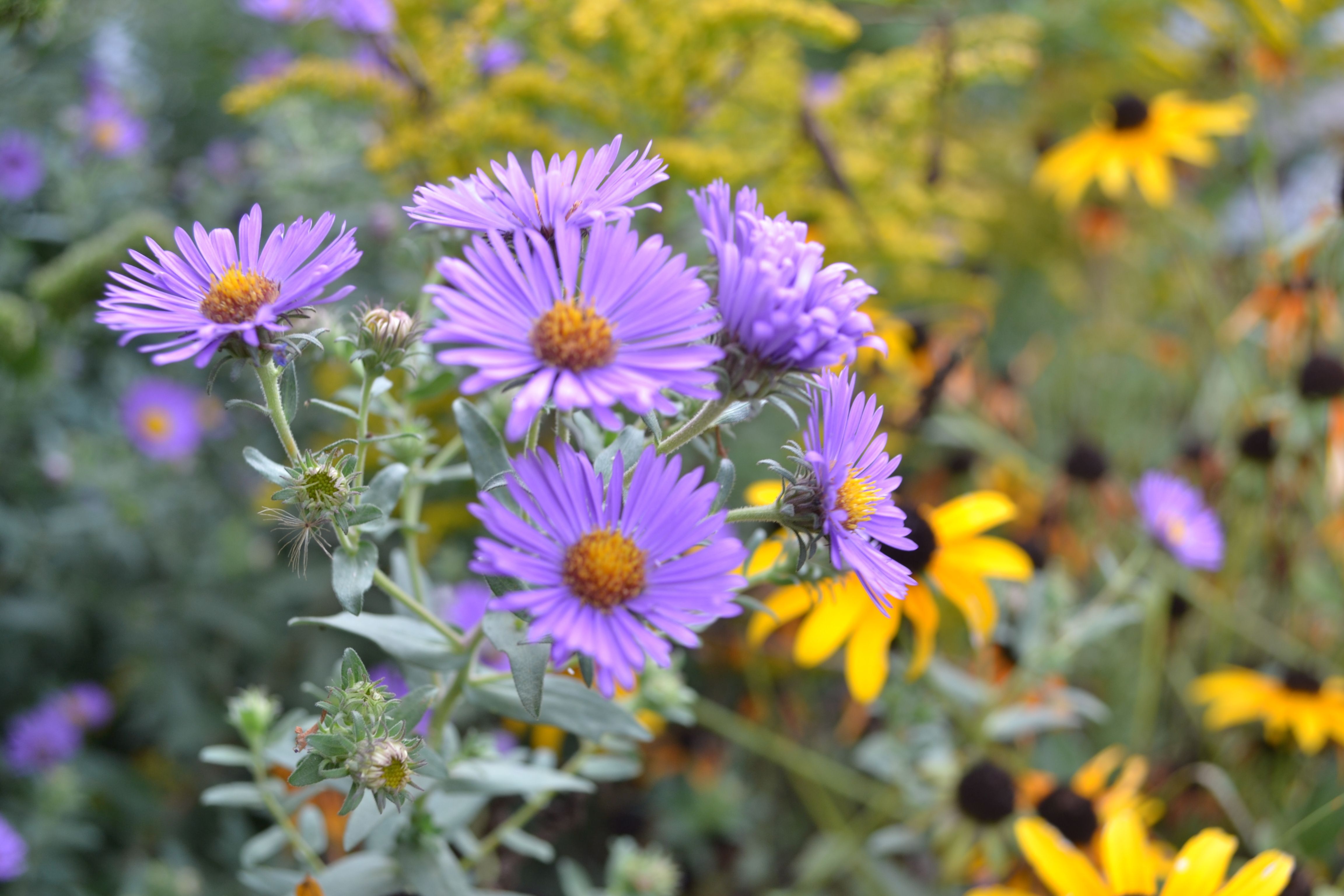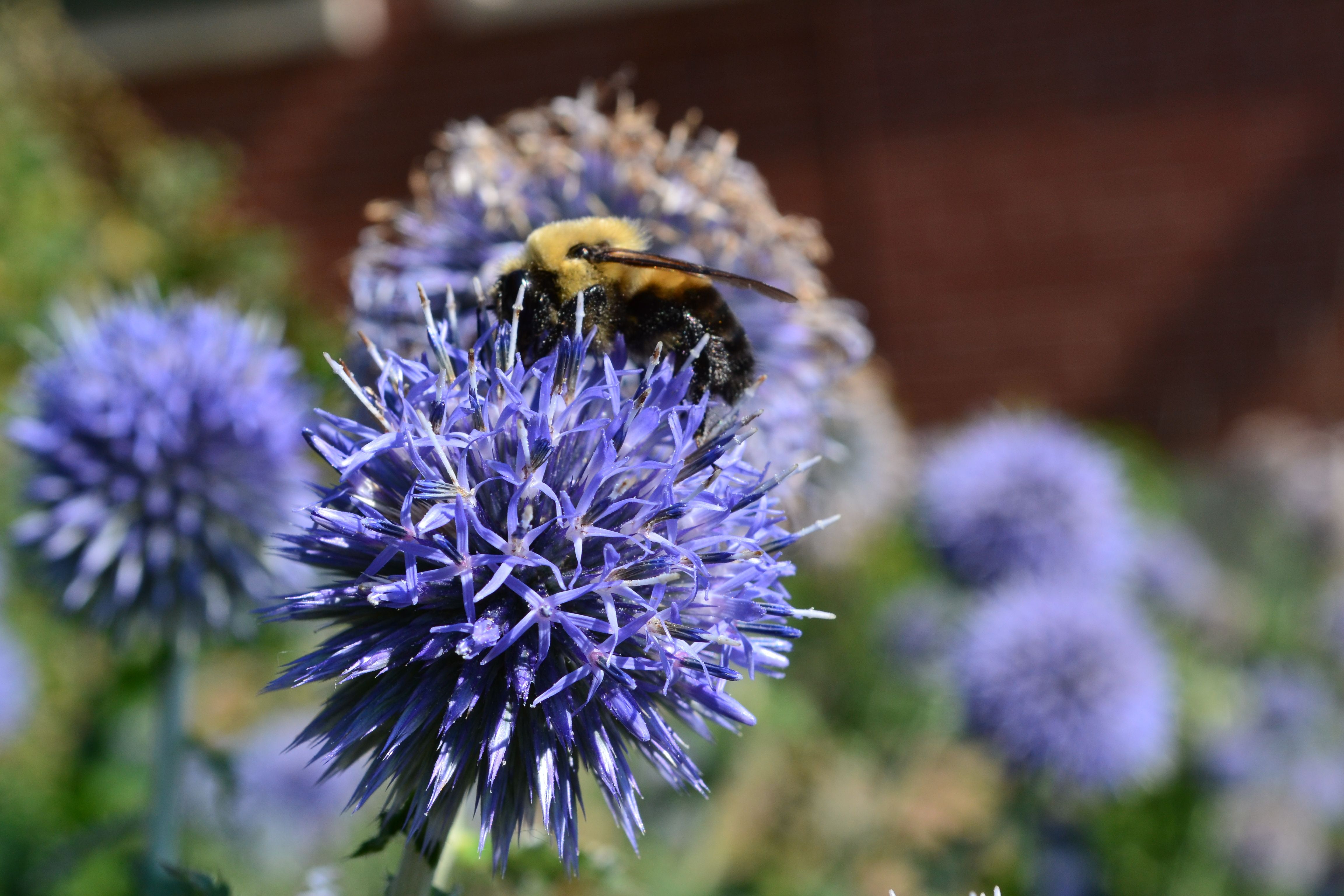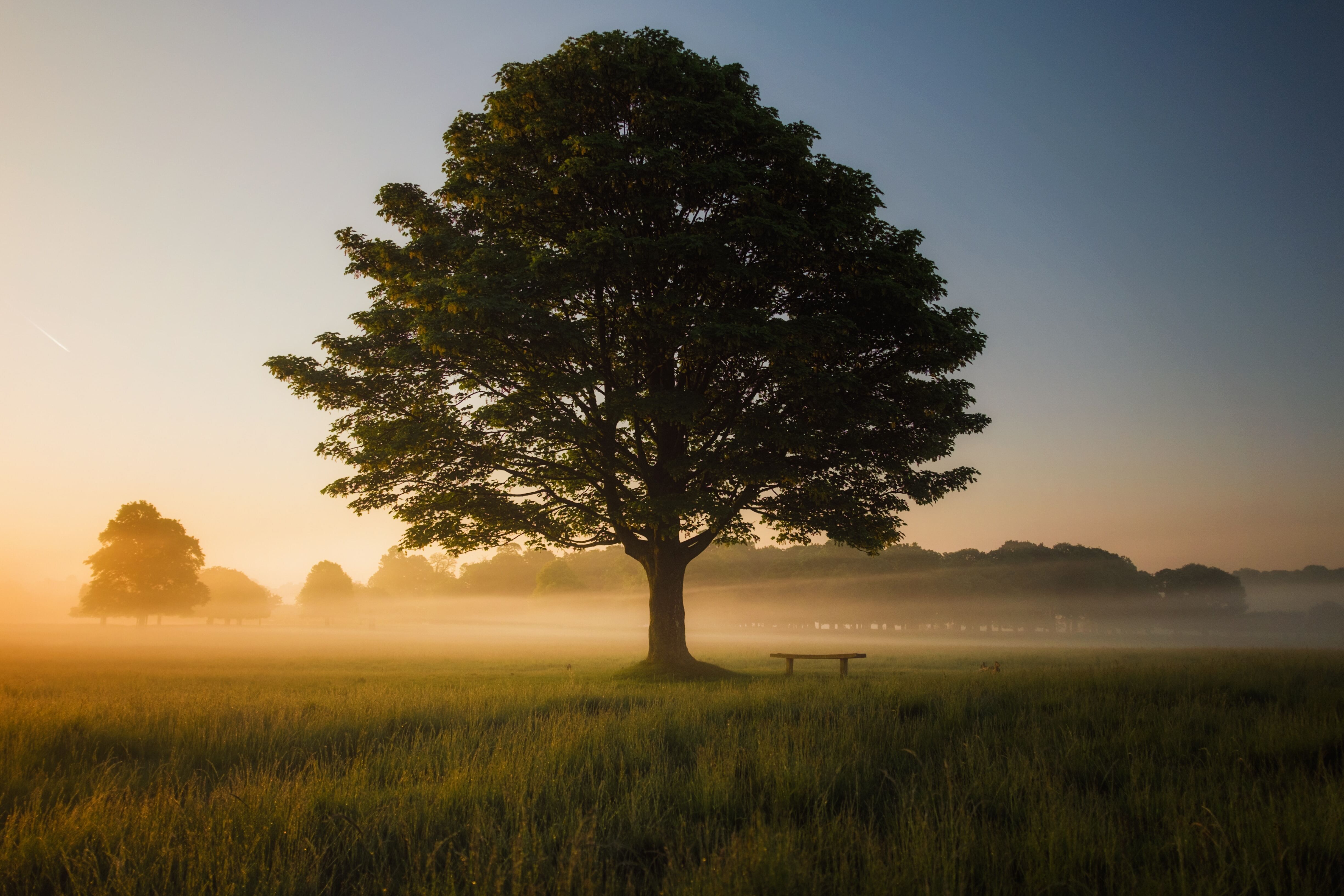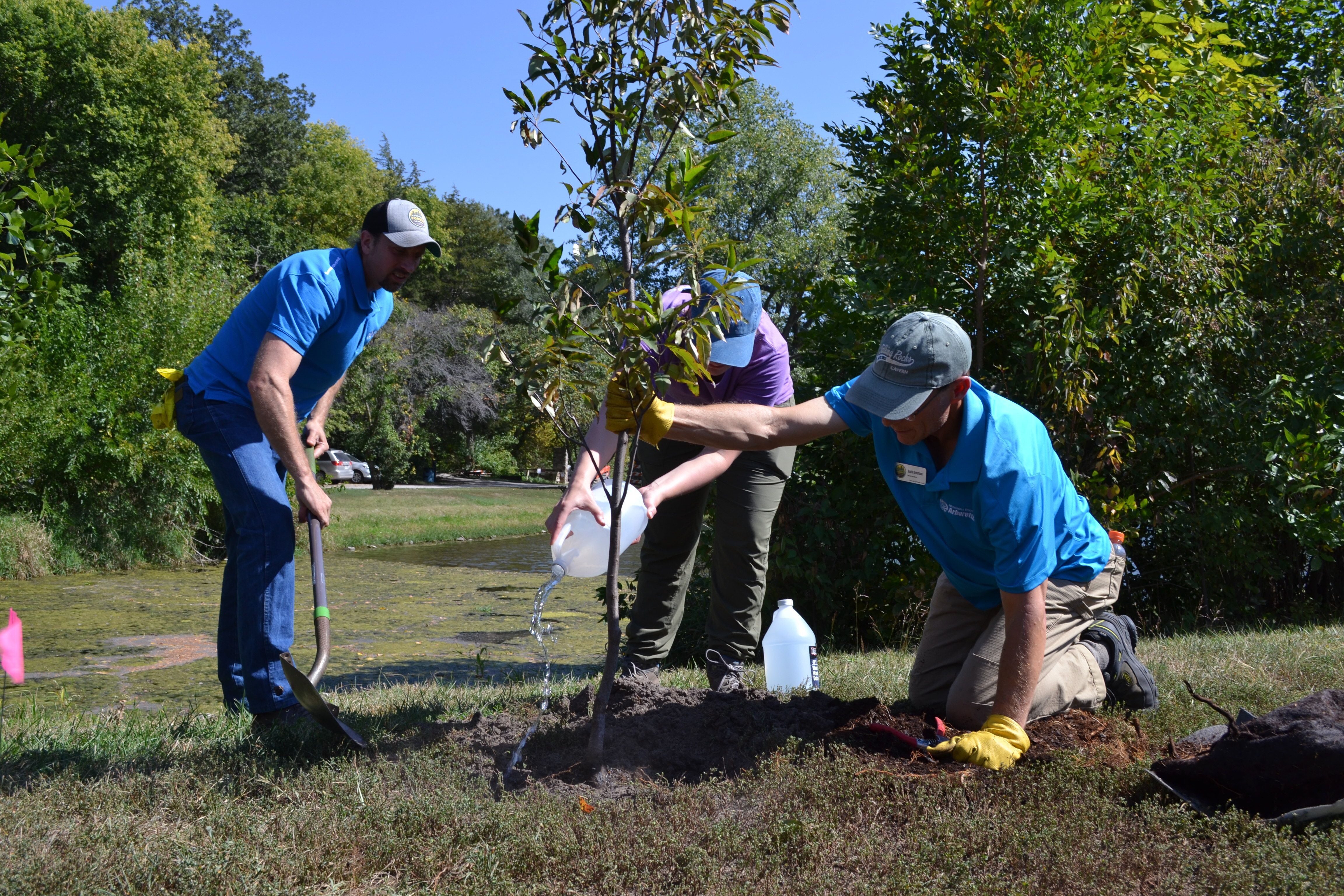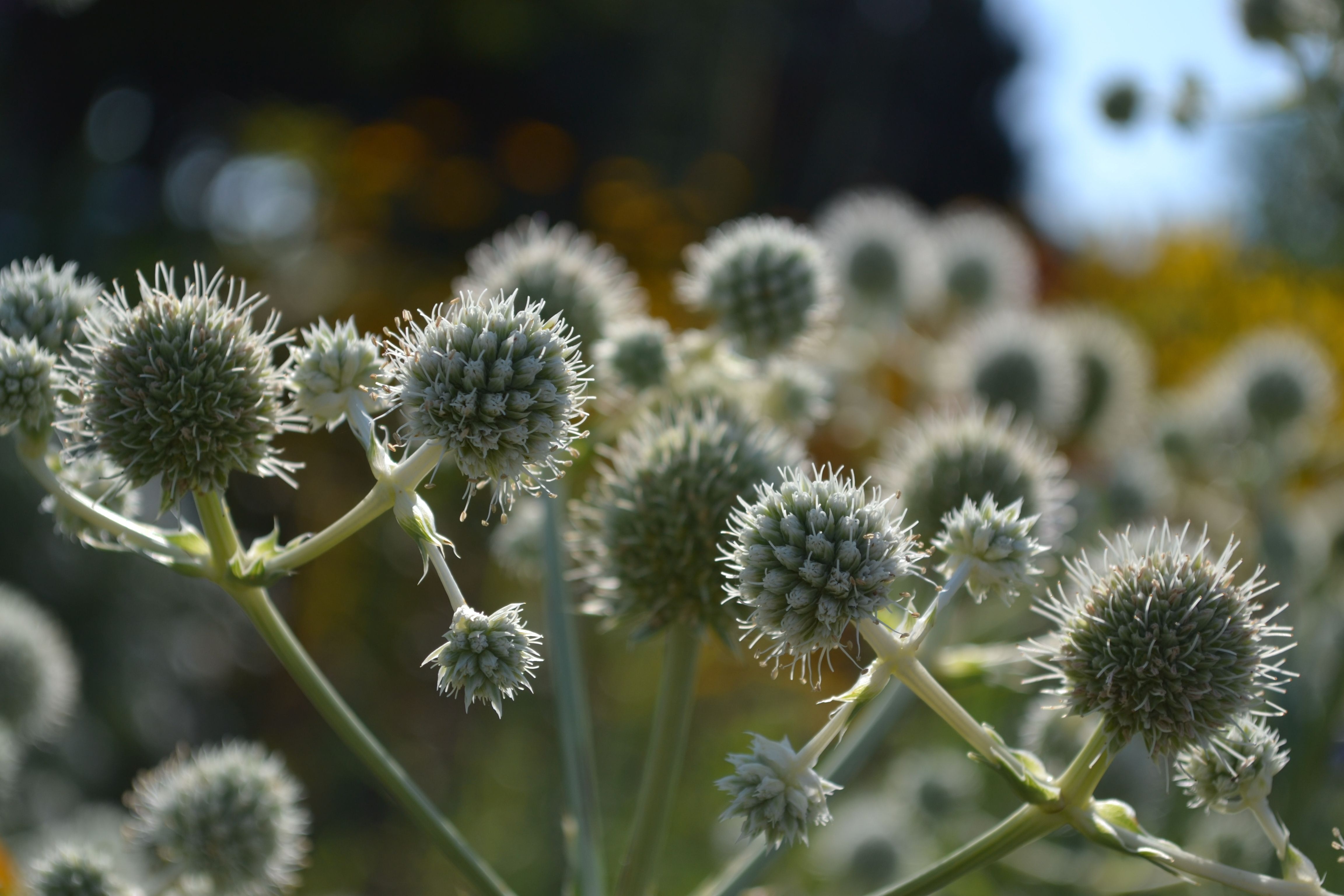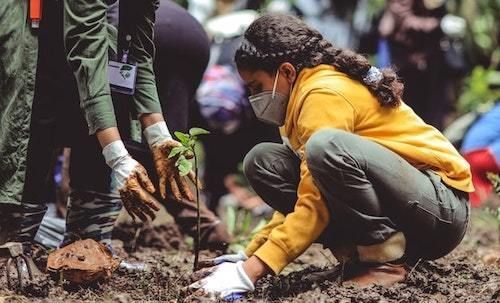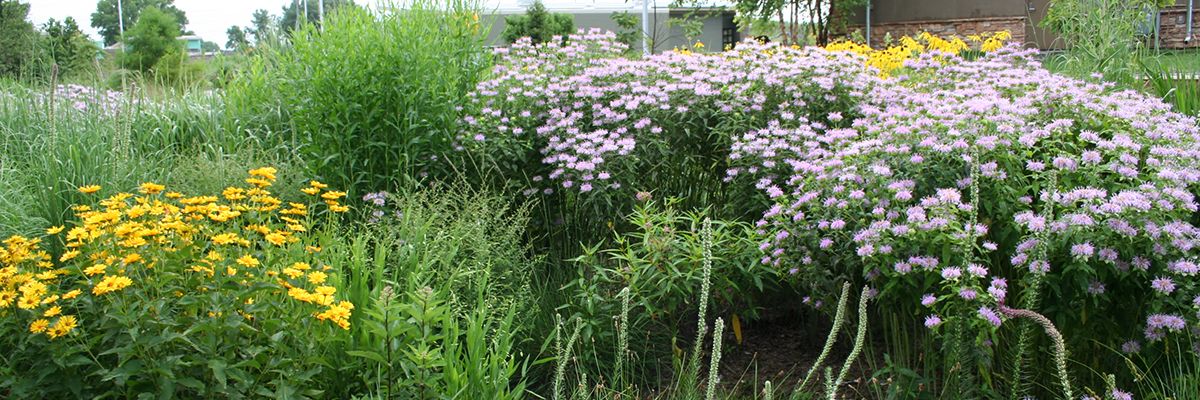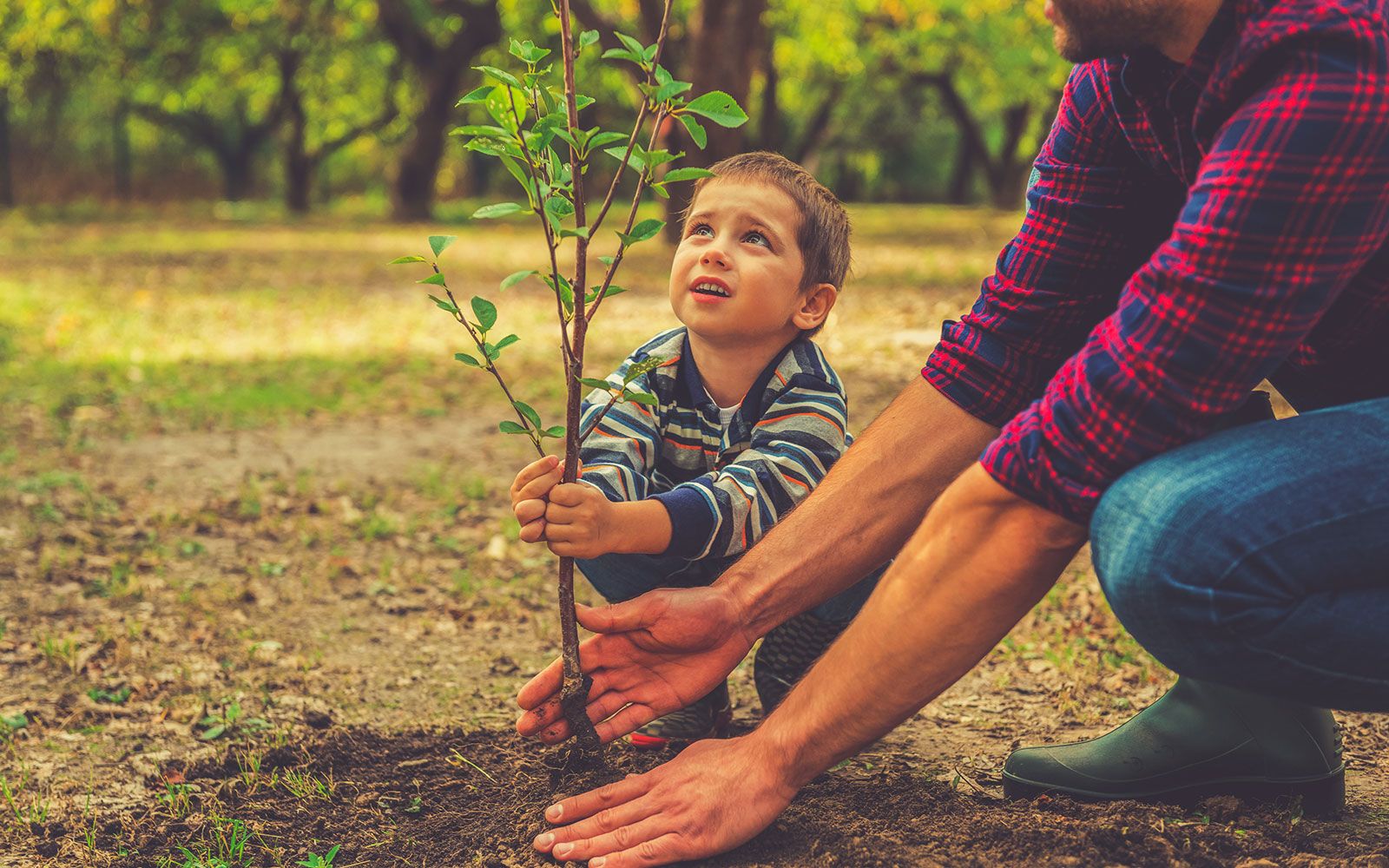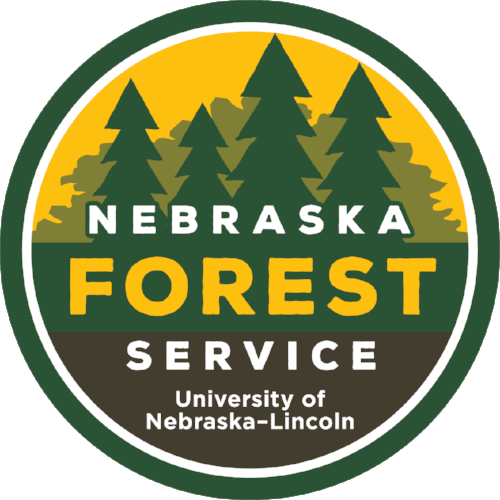
Most homeowners add mulch to their flower beds and landscapes because it creates a tidy look, but mulch also offers a number of practical benefits as well, especially during dry seasons such as the one Eastern Nebraska is experiencing right now. Mulch helps to conserve moisture; it tamps down weeds while allowing air and water to reach plant roots; it encourages worm activity, which is good for the soil; it helps to protect tree roots from mower and trimmer damage; and it helps to protect plants and roots from extreme temperatures.
Here are some tips that will help you use mulch most effectively in your yard:
- For long-term soil improvement, use organic mulches like wood chips, leaves, decayed grass clippings or compost.
- Apply mulch only 2-3” deep, which is enough to reduce weeds but not limit transfer of soil and water.
- When mulching around trees, mulch as much of the area as possible, preferably to the outermost edge of the tree's canopy, referred to as the “drip line." Also, keep the mulch away from the trunk; don’t “volcano” the mulch up around the base of the trunk, but instead, allow the root flare (where the trunk meets the soil) to show.
- If weeds have already begun to take over the area, it’s best to get rid of them before mulching. Large weedy areas can be covered with clear plastic for several weeks to eliminate existing weeds and seeds. Smaller patches can be hand-weeded or hoed.
- Mulches more quickly enrich the soil if they are partially decomposed or shredded, and wetting them down will further encourage decomposition.
- Keep in mind that all organic mulches eventually break down and need to be replaced— typically every two to three years.
- If you use grass clippings as mulch, make sure to spread the clippings 1” thin or less. A thick layer of clippings can create a mat that will block moisture and air. Also, avoid piling fresh clippings as they can ferment, releasing heat and ammonia that can damage surrounding plants.
- Pine needles can also be used as mulch, and while there is some concern that pine needles lower the pH of the soil, making it too acidic for plants to grow, that fear is largely misplaced, as the needles become more neutral as they break down.
For more information about mulch and lots of other landscaping tips, download our "Landscape Challenges" issue of The Seed.

